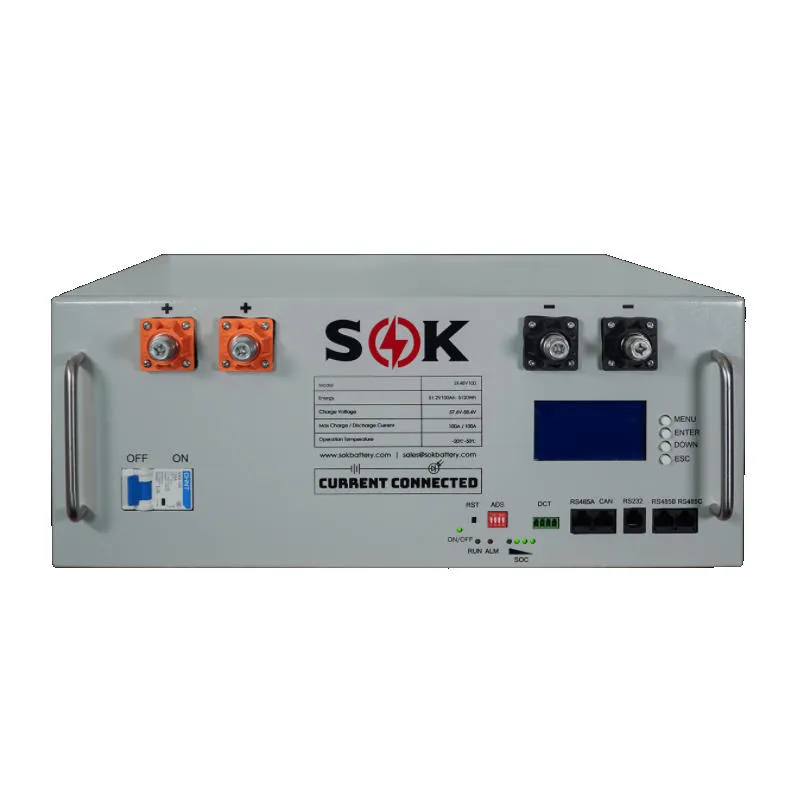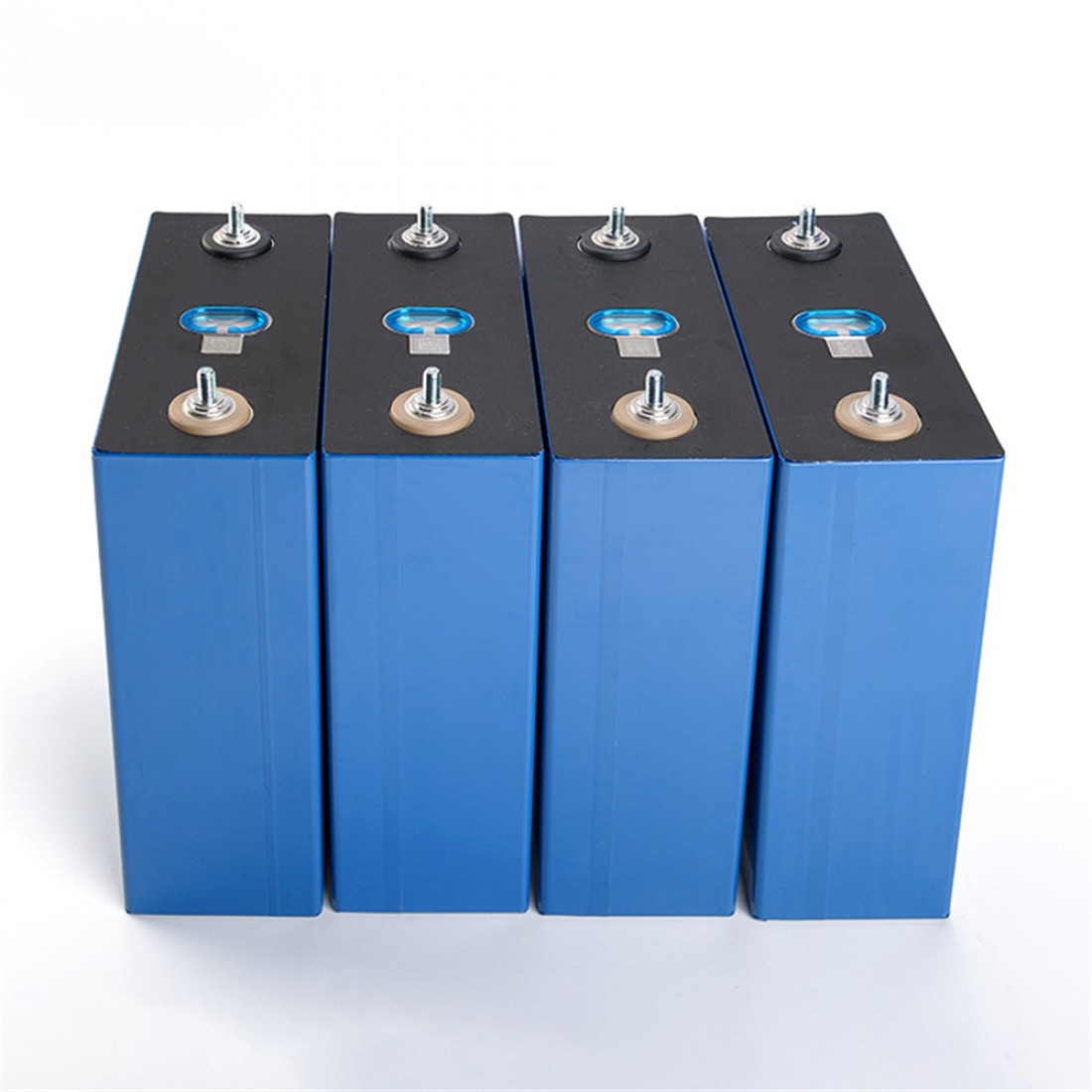anothercog
Recycles dryer sheets
I do not use the living room that much, and want to use the lights in that room as "pilot lights" for the grid, so I can check if the grid loses power.
I can do an explicit "grid on/off" indicator, but will need to run independent wires to the power distribution panel. Using the entire room as a pilot light works better.
I guess you do not use electricity for heating. It takes a heck of a lot of solar and battery juice for either heating or cooling.
A single Tesla Powerwall stores about 15 kWh. It's not enough to run a central AC. That's enough for lighting, electronics, a fridge, and a window AC for perhaps 8-10 hours.
Few, if any of my neighbors have AC. It’s generally not needed here (near San Francisco). I have a portable unit for our bedroom I may need 3-5x/year but we haven’t needed to use it all this year (yet).
I think my neighbor mainly got it for his refrigerator and tv but I don’t think the costs were worth it. I could buy a lot of ice for what he paid.


